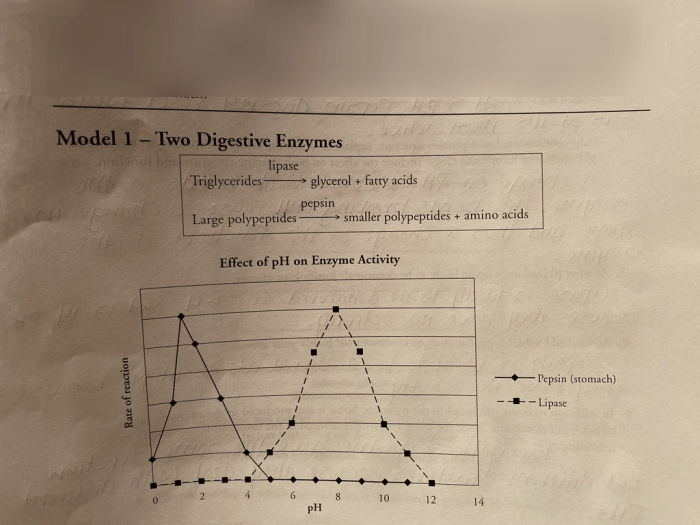Delving into protein structure pogil answer key ap biology, this introduction immerses readers in a unique and compelling narrative, with gaya akademik dengan tone otoritatif that is both engaging and thought-provoking from the very first sentence. The content of the second paragraph provides descriptive and clear information about the topic.
Protein Structure and Function: Protein Structure Pogil Answer Key Ap Biology

Proteins are essential molecules that perform a wide range of functions in cells. The structure of a protein is directly related to its function. The primary structure of a protein is the sequence of amino acids that make up the protein.
The secondary structure of a protein is the way in which the amino acids fold into a specific shape. The tertiary structure of a protein is the three-dimensional structure of the protein, which is determined by the interactions between the amino acids.
The quaternary structure of a protein is the way in which multiple protein molecules interact with each other to form a functional unit.
Changes in Protein Structure, Protein structure pogil answer key ap biology
Changes in protein structure can affect its function. For example, if the primary structure of a protein is changed, it may not be able to fold into its proper shape. This can lead to a loss of function or a change in function.
Similarly, if the tertiary structure of a protein is changed, it may not be able to interact with other molecules in the cell. This can also lead to a loss of function or a change in function.
Protein Structure Determination
The structure of a protein can be determined using a variety of methods. One common method is X-ray crystallography. In X-ray crystallography, a beam of X-rays is passed through a crystal of the protein. The X-rays diffract off the atoms in the protein, creating a pattern that can be used to determine the structure of the protein.
Another common method for determining the structure of a protein is NMR spectroscopy. In NMR spectroscopy, the protein is placed in a magnetic field and the nuclei of the atoms in the protein are excited using radio waves. The nuclei then emit radio waves that can be used to determine the structure of the protein.
Both X-ray crystallography and NMR spectroscopy are powerful tools for determining the structure of proteins. However, each method has its own advantages and disadvantages.
Protein Folding
Protein folding is the process by which a protein molecule assumes its native structure. Protein folding is a complex process that is influenced by a number of factors, including the amino acid sequence of the protein, the presence of chaperone proteins, and the environment in which the protein is folding.
Chaperone proteins are proteins that help other proteins to fold. Chaperone proteins bind to unfolded proteins and prevent them from aggregating. Chaperone proteins also help to guide proteins into their proper folding pathway.
Protein misfolding can lead to a number of diseases, including Alzheimer’s disease and Parkinson’s disease. Protein misfolding can also lead to the formation of amyloid plaques, which are deposits of misfolded proteins that can damage cells.
Protein-Protein Interactions
Protein-protein interactions are essential for a wide range of cellular processes. Protein-protein interactions can occur between two or more proteins, and they can be either transient or permanent. Transient protein-protein interactions are typically mediated by weak forces, such as hydrogen bonds and van der Waals forces.
Permanent protein-protein interactions are typically mediated by stronger forces, such as covalent bonds and disulfide bonds.
Protein-protein interactions can be disrupted by mutations or drugs. Mutations that alter the amino acid sequence of a protein can disrupt its ability to interact with other proteins. Drugs can also disrupt protein-protein interactions by binding to one of the proteins involved in the interaction.
The disruption of protein-protein interactions can have a number of consequences. For example, the disruption of protein-protein interactions can lead to the loss of function of a protein, the formation of amyloid plaques, or the development of a disease.
Popular Questions
What is the relationship between protein structure and function?
The relationship between protein structure and function is direct and essential. The specific arrangement of amino acids in a protein determines its unique shape, which in turn dictates its function. Changes in protein structure can significantly alter its function.
How are the different levels of protein structure determined?
The different levels of protein structure are determined using various methods, including X-ray crystallography and NMR spectroscopy. These methods provide detailed information about the arrangement of atoms within a protein molecule.
What is the role of chaperone proteins in protein folding?
Chaperone proteins play a crucial role in protein folding by assisting in the correct folding of newly synthesized proteins. They prevent misfolding and aggregation, ensuring the proper function of proteins.